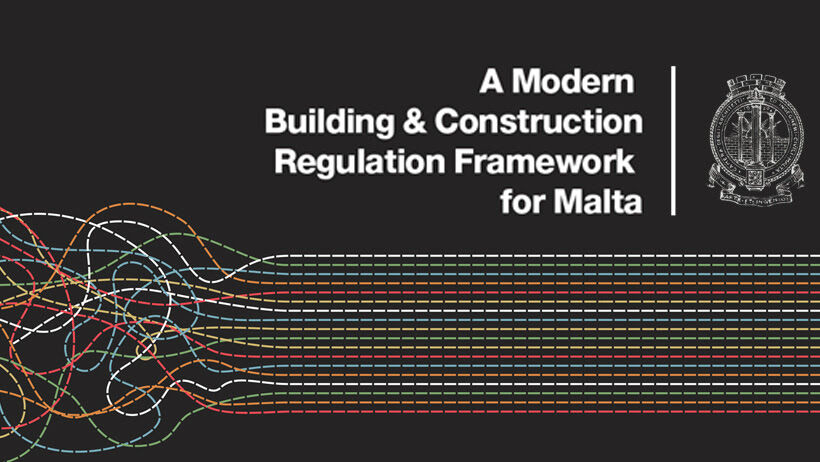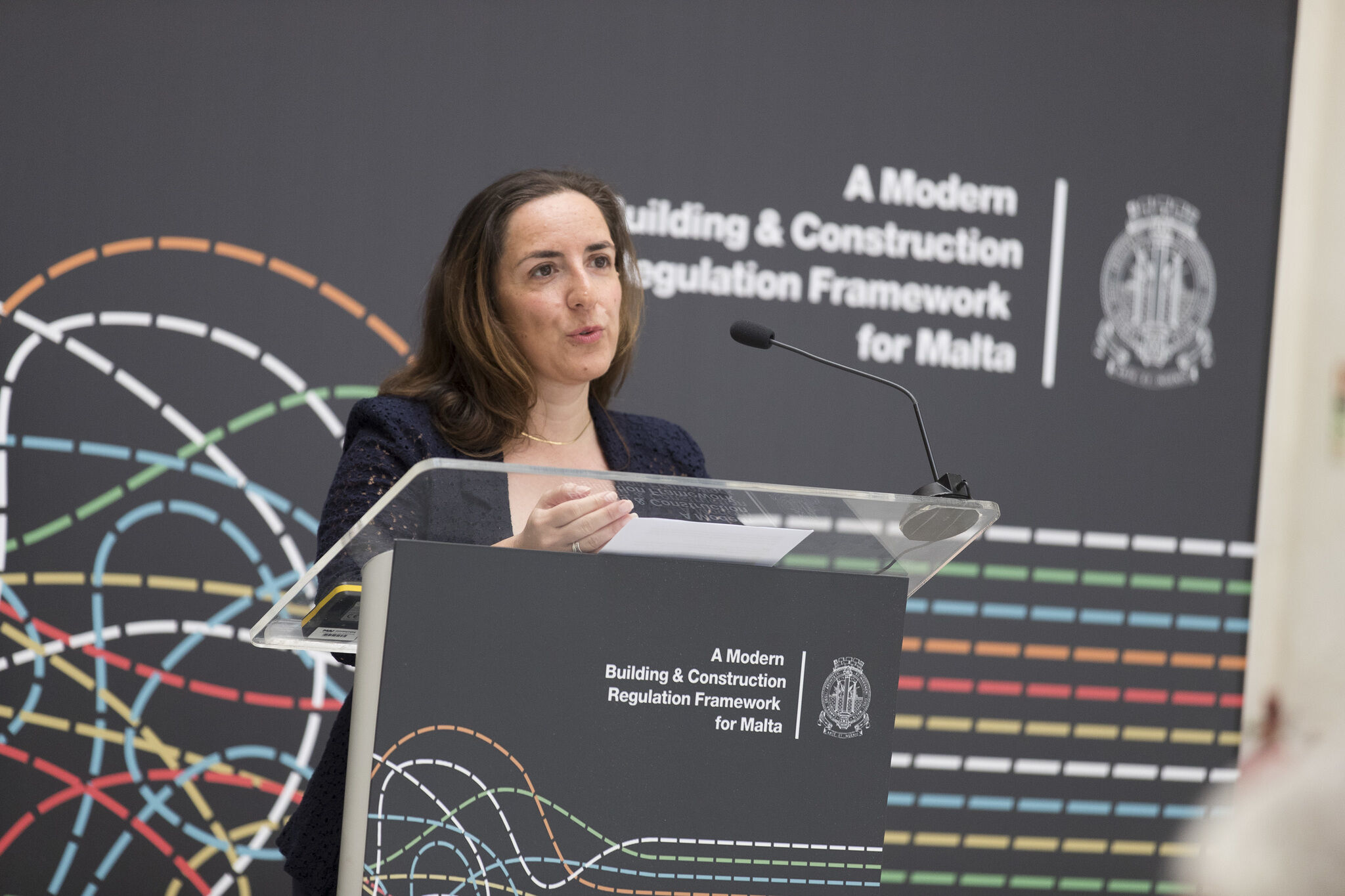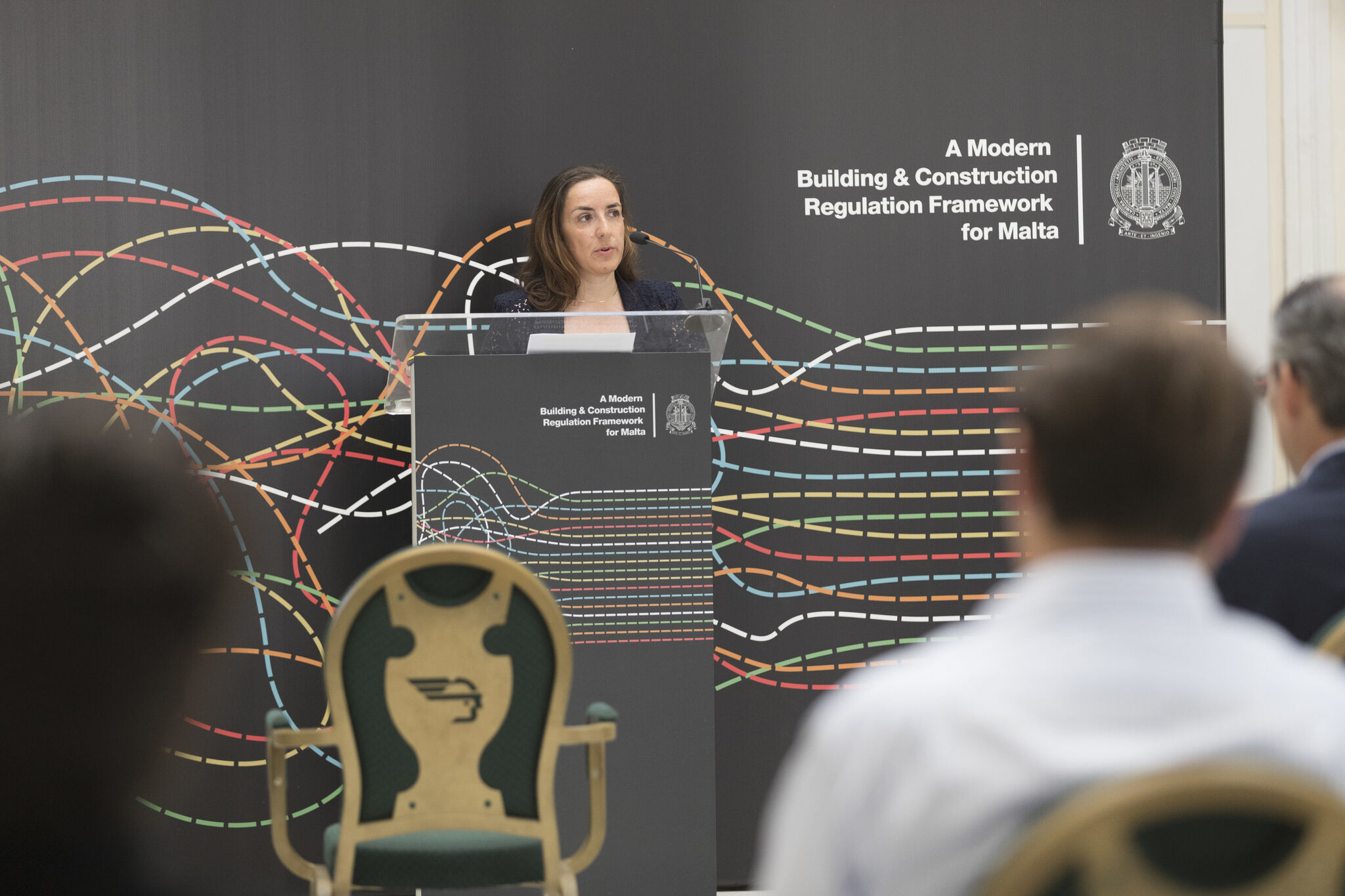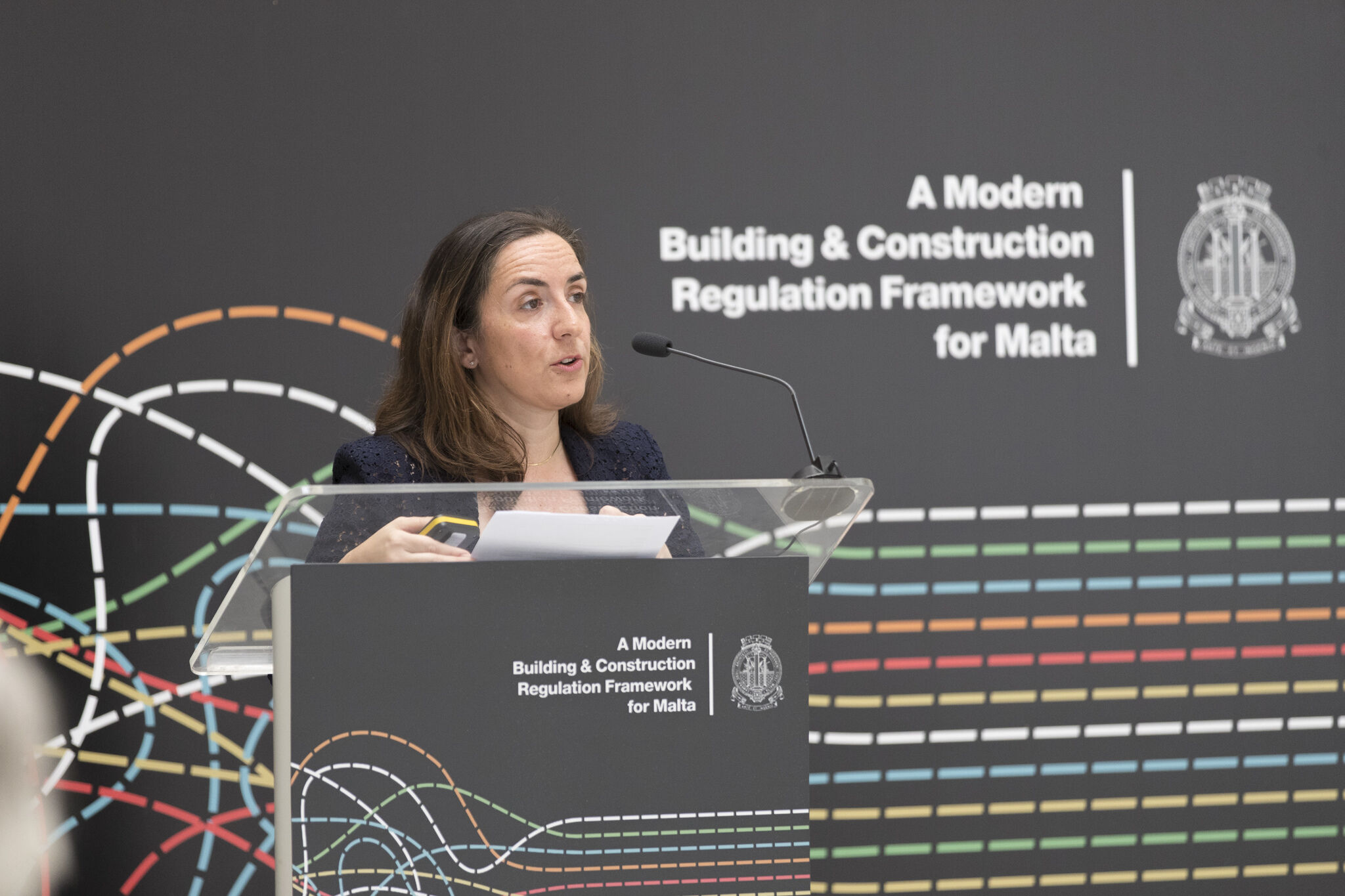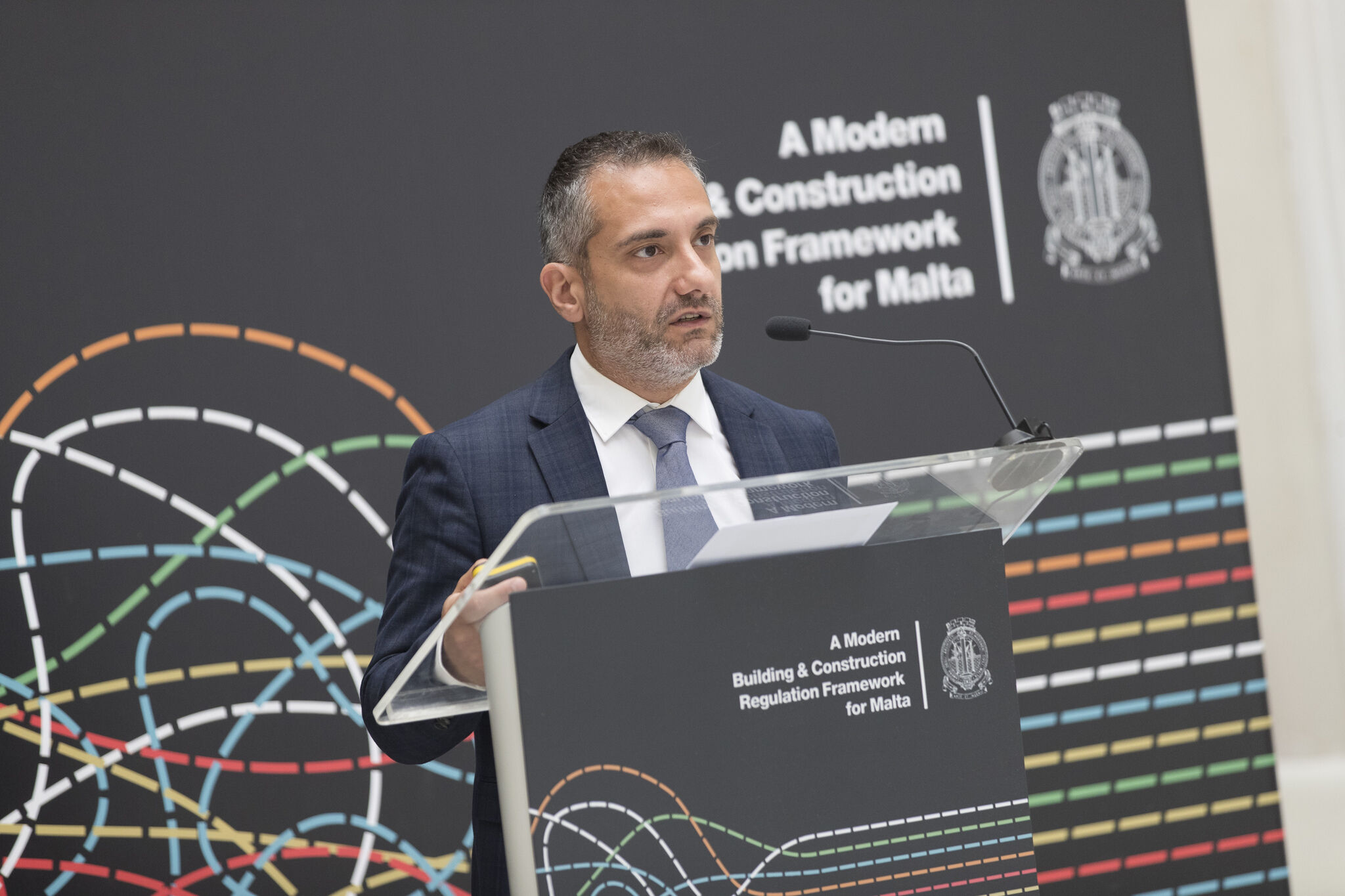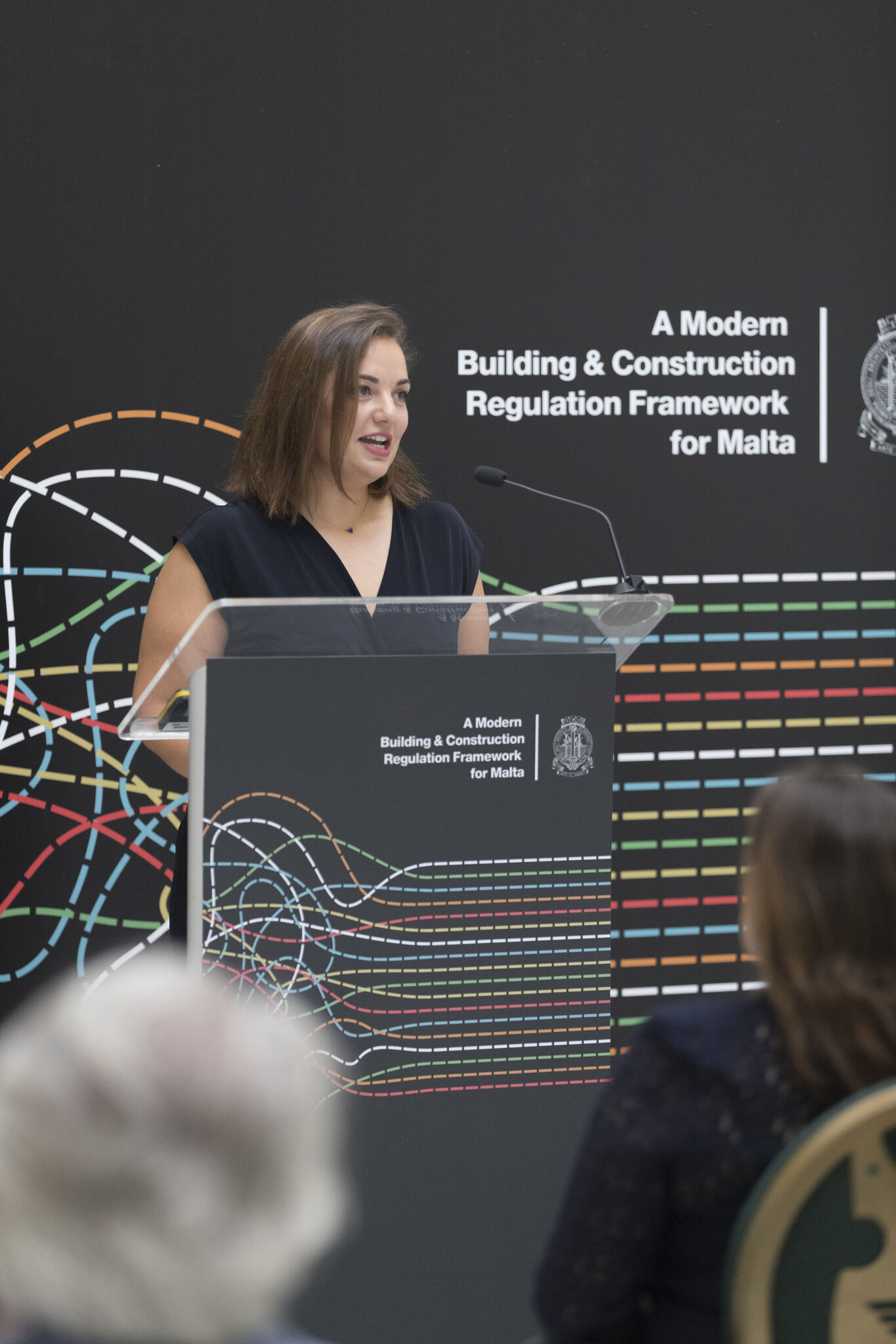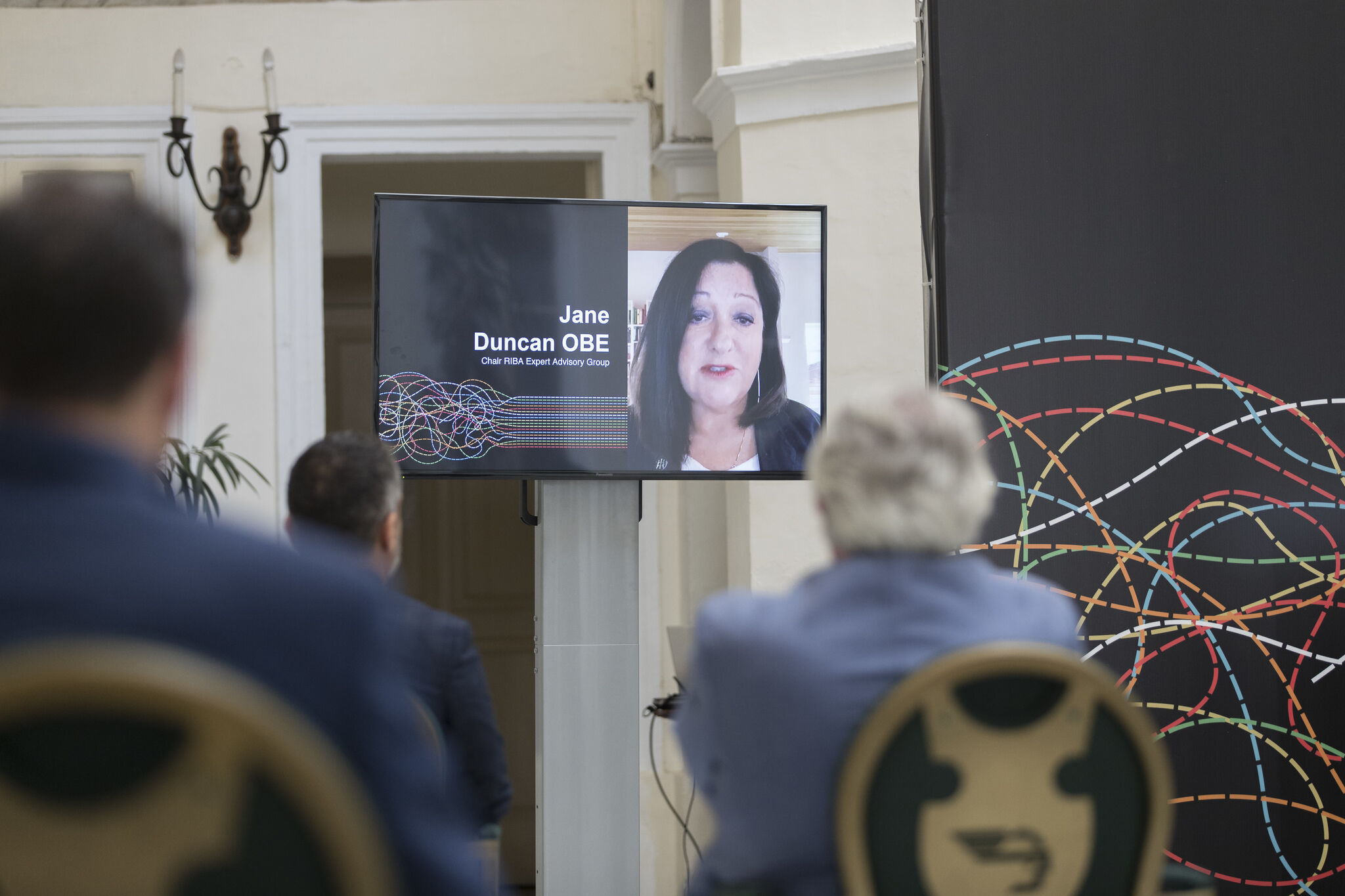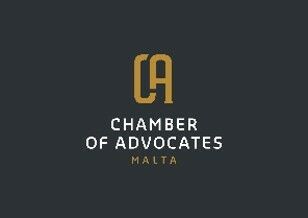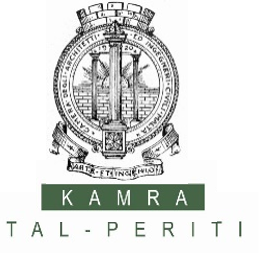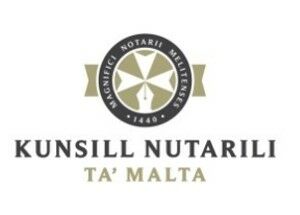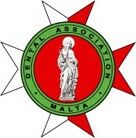CIR 17/20 | World Architecture Day 2020 – Towards a Better Urban Future
Dear Perit,
Today, the Kamra tal-Periti joins its European and global counterparts in celebrating World Architecture Day, which this year is based on the theme “Towards a Better Urban Future”.
In 1986, the International Union of Architects (UIA) established World Architecture Day to coincide with World Habitat Day, with the aim to draw the attention of professionals and the public to issues concerning cities and housing. This year’s celebration comes amidst the global coronavirus pandemic which has caused us all to make changes to our lifestyles, and has compelled us to question many of our ways, not least our urban environment and the design of our buildings, and how these support and impact our quality of life.
This year’s theme brings to the fore a number of issues that are relevant to our current reality. Most schools will be reopening today, welcoming our younger generations to a new reality which will take some time to adapt to. Many of our elderly are isolated in care homes, while others are left wondering how often they can see and embrace their grandchildren now that these are returning to their school benches. Various offices have resorted to teleworking practices in an effort to contain the spread of the virus and to protect their staff, while other workers who do not have the option to work from home face daily struggles to ensure their own safety and that of their families. All of these activities take place in buildings and urban spaces, designed and created by architects, engineers, and planners, whose responsibility in shaping our future is crucial – for indeed it is a responsibility, and a privilege, to be able to contribute to the future of our country in such a lasting manner.
This Day cannot, therefore, go by without a reflection on how our profession is contributing towards a better urban environment. Are we being of service to society, seeking the common good, or are we serving other masters for more immediate benefits? This brings to mind the seminal Encyclical Laudato Sí, penned by Pope Francis five years ago, where he stated that “If architecture reflects the spirit of an age, our megastructures and drab apartment blocks express the spirit of globalized technology, where a constant flood of new products coexists with a tedious monotony. Let us refuse to resign ourselves to this, and continue to wonder about the purpose and meaning of everything. Otherwise we would simply legitimate the present situation and need new forms of escapism to help us endure the emptiness.”
How are we going to rise to the challenge to help our communities recover and rebuild? How are we going to ensure that what we design today is adaptable to future realities, while keeping the persons who inhabit our buildings and use our spaces at the centre of our design ethos? Are we ready to safeguard our common home in an effort to ensure the resilience of our future generations?
This is not just a lofty ideal. This is a duty, and a commitment we must all acknowledge.
Yours sincerely,
Simone Vella Lenicker
President

